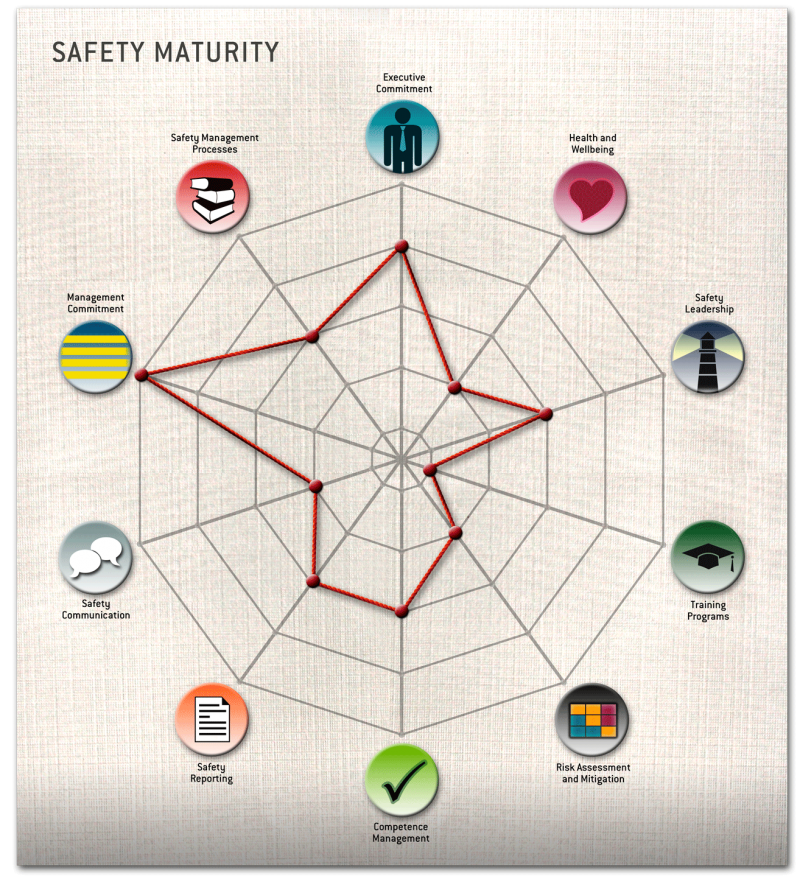“As a shipping company you try to benchmark yourself with all kinds of protocol sources, such as Intertanko, Intermanagers, and so on.
There are plenty of forums where you can get an idea of how you are performing, but sometimes you get the feeling that the baseline is simply not always the same – you have people who use another definition and other standards. If you don’t know if you are talking about exactly the same thing, it is difficult to have the same baseline.
Therefore, the Safety Maturity Assessment gives you a real benchmark, which is objective and useful. Secondly, when you look at yourself you are always biased. You are always very good at finding excuses for yourself. Therefore, you have to use an outside party who uses an unbiased baseline. It is very valuable to have an outsider’s view on how you perform, much more than trying to do it yourself.
Niels Vanlaer - at Exmar Ship Management
Our list of references on Safety Maturity Assessments:
Injury-free operations do not necessarily mean that everybody has done a safe job. Lost Time Incident Frequency numbers do not tell what is really going on in daily practice.
At Green-Jakobsen, we have been working for years with ship owners on getting behind the Teflon veil of statistics to focus on actual behavior, as behavior decides the culture.
Using Qualitative and quantitative data to define the safety culture
Qualitative interviews collecting true insights can reveal actual behaviour in practice. They can highlight the presence or lack of important organizational mechanisms behind a strong safety culture. They can detect the possible impact of the dynamics between the many stakeholders in a shipping company, and assess employee commitment as an indispensable supplement to the quantitative survey.
Using this approach and by involving a broad spectrum of employees, Green-Jakobsen helps shipping companies attain this thorough benchmark and understanding of their present safety culture.
Aside from ensuring best possible insight, involving stakeholders at all levels of the company also helps to prepare the organization for potential improvement initiatives.
Based on the findings and years of industry experiences, a Green-Jakobsen programme is then designed addressing the findings from the safety maturity assessment, whilst at the same time implementing industry best practice safety behaviour.

Contact us for personal advice
Would you like us to call you?


